An American tourist went to look for civilisation in the eastern part of Estonia – Ida-Viru County – and what he found was beauty, great food and also the remnants of the region’s tragic history.
Is there civilisation in Eastern Estonia? According to many Estonians, there isn’t. When speaking about Narva, the main city in the Ida-Viru (East Viru) region, they utter things like: “It’s just a Russian town.” “Completely destroyed in the war.” “Nothing to see there but the fortress.” And, “Where is that?”
However, Narva and the Ida-Viru region do have some fans among the Estonia population. And it is also a popular destination for Russians. Nevertheless, the local tourist sector has grand plans to increase the number of domestic and international tourists. “The city of Pärnu, for example, gets ten times more Finns than Narva,” Kadri Jalonen, a tourism coordinator for the Ida-Viru region, says. “We hope to change that.”
On that note, I set out to find life in the east. It’s a long drive and on the way, the flat-as-a-pancake landscape offers mainly farm fields, sleepy villages, oil shale hills and a few windmills. Then, suddenly, I arrived at Valaste, Estonia’s highest waterfall. At 30 metres (98 ft), this is no competition for Niagara, but it’s beautiful and serene – and you don’t have to pay any entrance fees.
Life is a beach
Moving on, Toila is a picturesque village by the sea, although the sudden appearance of a high Soviet style building in the middle of nowhere is a bit of a surprise. This is the Toila Spa hotel, very pleasant inside and the Orhidee Spa area is for adults only, thank you very much. The spa has a variety of tempting treatments, including the garra rufa fish that love to eat foot skin. Speaking of eating, one can enjoy a delicious lunch the hotel’s restaurant, Mio Mare. This is the best restaurant in the village – well, it’s the only one.
The adorable Toila Harbour is hardly big enough to qualify as a marina. While one can take a little sightseeing cruise on rubber speed boats, to avoid getting seasick, I decided to check out Oru Park instead – by the way, the park once housed a palace that served as the summer residence of the first Estonian president, Konstantin Päts. It’s a splendid place to wander around and experience the hills, valleys, forests and river views.
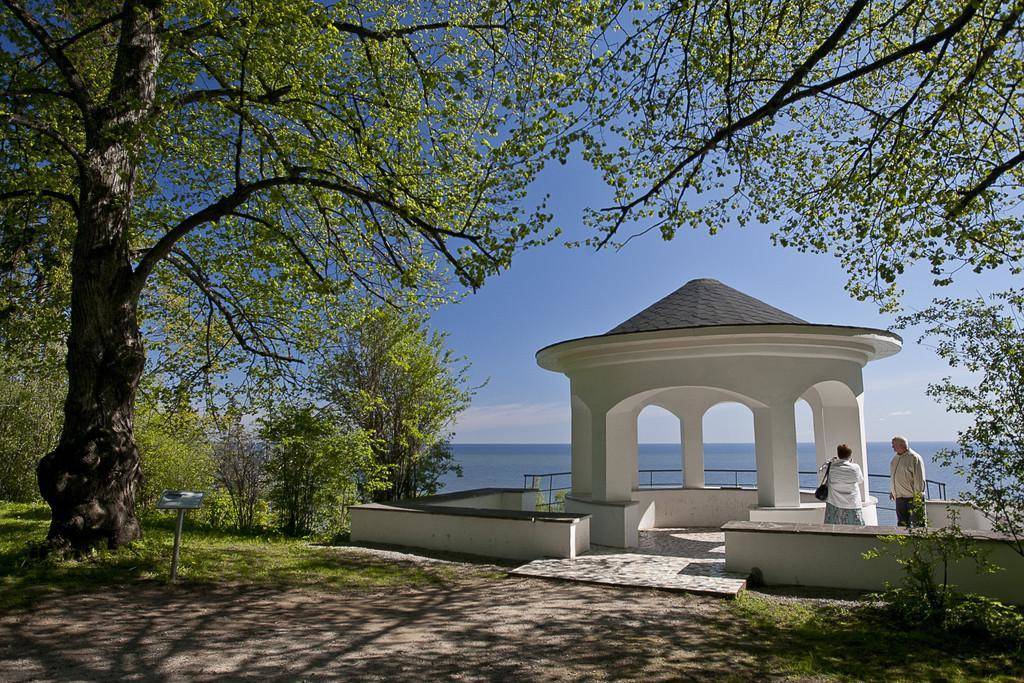
About 40 kilometres (25 miles) eastward is another – and much larger – spa settlement, Narva-Jõesuu. This town has Estonia’s longest beach and was once a famous regional resort, frequented by the nobility from St Petersburg, which is less than 150 kilometres (93 miles) to the east, and from Moscow. One can take a walk along the beach with its popular promenade and board walk over the dunes. One can also climb to the top of the local spa hotel where one can enjoye a spectacular view of the sea and landscape.
The local county “capital” is actually Jõhvi – a town of just over 10,000 people, out of which approximately two-third are Estonian Russians. I went to the Jõhvi Concert Hall to watch a ballet performance. This is the only wooden concert hall in Estonia, and the acoustics are highly esteemed by international connoisseurs. It’s really surprising that a little place like this can offer such remarkable entertainment. One little remark – the concert hall’s café could do with more substantial hors d’oeuvres. They were delicious but small, so I think I ate a couple of napkins as well.
The good and bad of Narva
And then I was off to explore the famous city of Narva. Walking along the riverbank and waving to the Russians on the other side, it is evident how near the city to Estonia’s eastern neighbour is.
The quaint old town hall is not used as such anymore. Instead, it houses a museum and a model of the baroque-style Old Town that was completely destroyed during the Second World War. My guide informed me that by the end of the war, the town was 100% destroyed, and only two people and a cat were left.
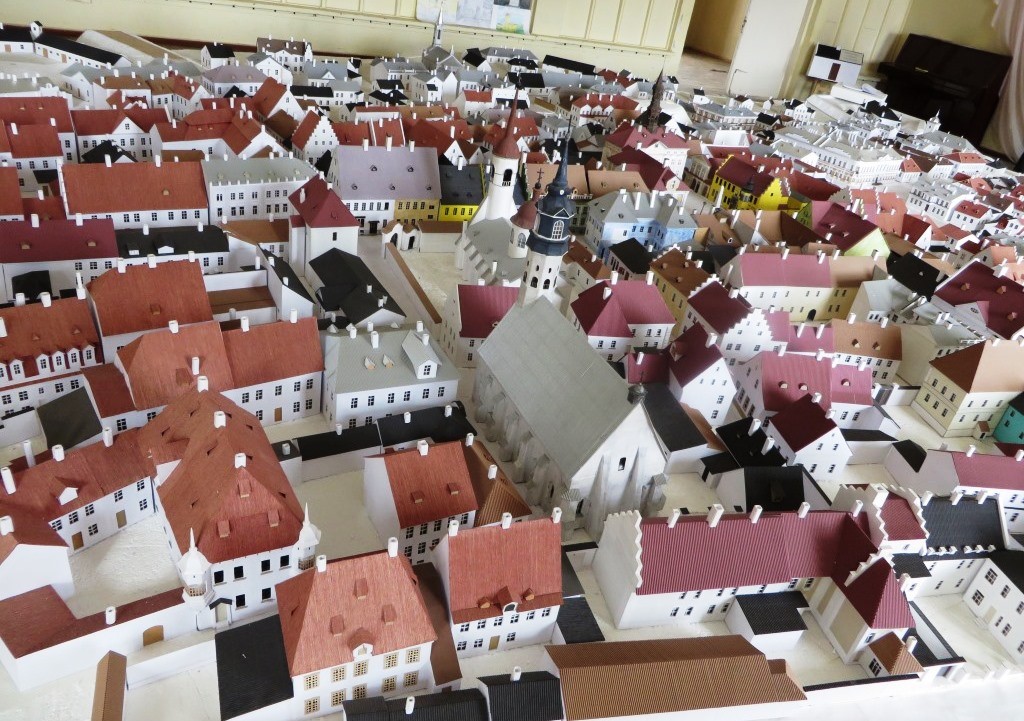
The old bastions, which are dark and damp, serve as another reminder of history. When the Swedes ruled the town in the 17th century, they spent a tremendous amount of money building these things to protect the town against the Russians. Unfortunately, that didn’t stop them from taking over the town anyway. However, they were not completely useless – during the last war, people took shelter in the bastions.
The most spectacular part of Narva is the 700-years old Danish-founded fortress and the castle where one could spend a lot of time admiring the scene. And perhaps the tastiest part of the town is Rondeel Restaurant in the castle courtyard.
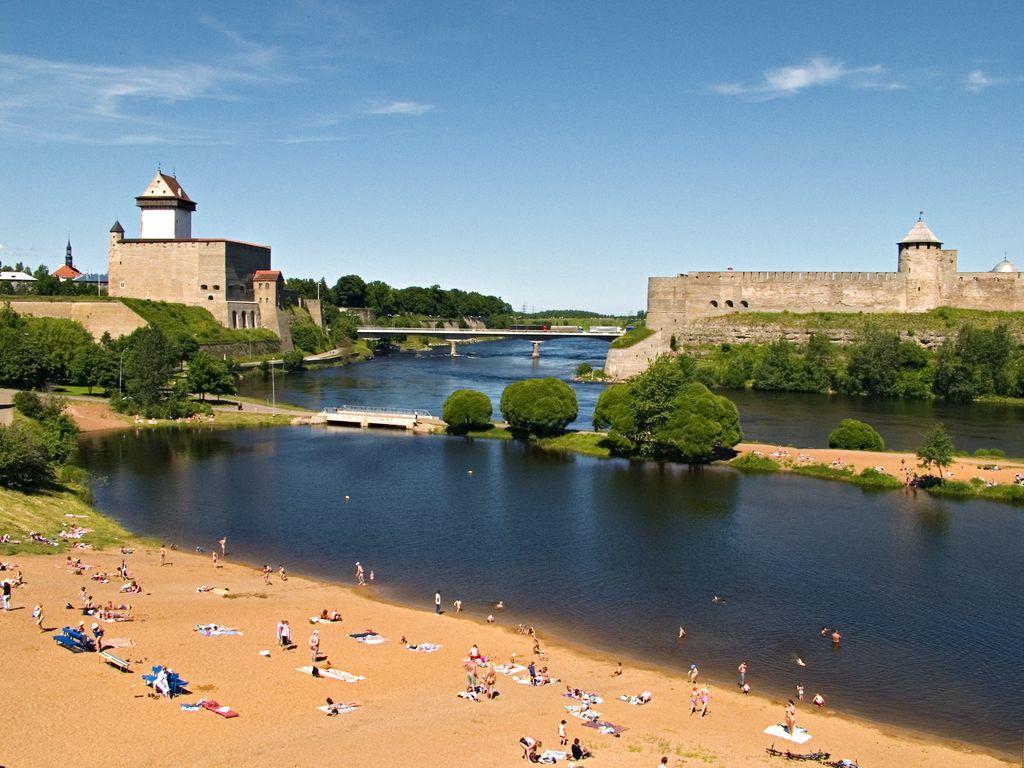
Narva’s industrial heritage is represented by the former textile factory, Krenholm. At one time, the company’s cotton spinning and manufacturing mills were the largest in the world. They had workers’ housing, shops, schools, a hospital, and most important, a sauna – basically, a city within a city. By the last decade, the factory was struggling to remain profitable and eventually closed down. So now it looks like one of those science fiction movies where everything has been destroyed in a nuclear war. On the bright side, this could very well be a popular hotel for violent rock bands – everything is already broken.
Narva is not without ultra-modern architecture – next to the old town hall is a marvellous building, housing the highly-acclaimed college.
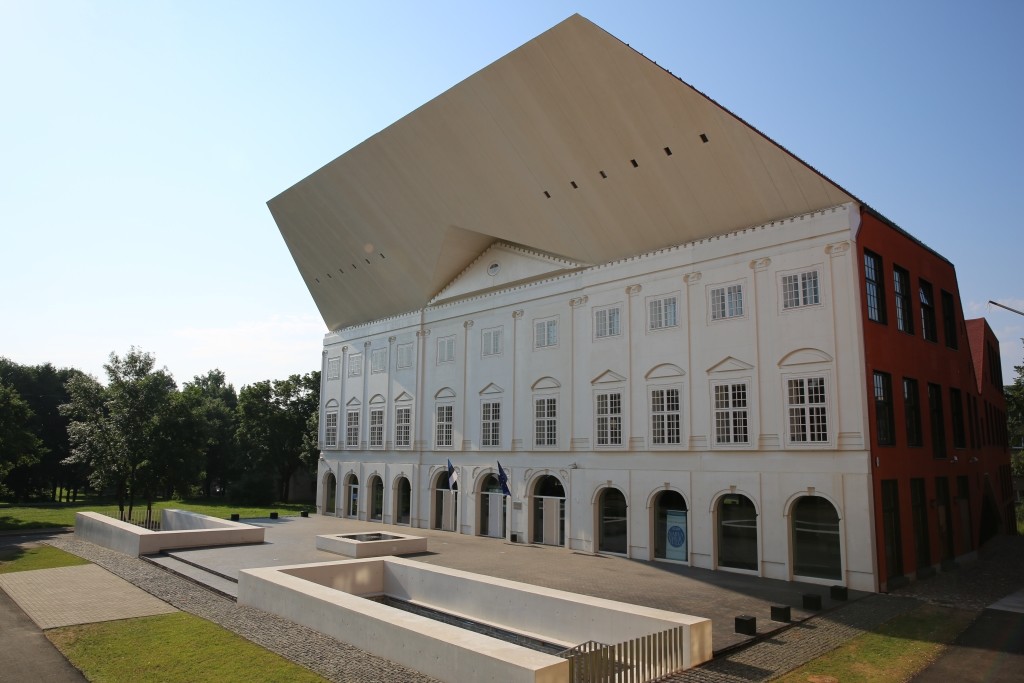
Even without Narva’s baroque Old Town, I have to say this is a pleasant place. The city has a nice feel to it, a mélange of Russian and Estonian flavours. Despite what I had heard before, I also found the residents in Narva to be very friendly. So friendly, in fact, that when I wandered over to a small park and talked to a couple of old ladies sitting on a bench, they spoke to me in Russian and I spoke to them in English. I think it went pretty well, but I’m not sure.
Manors and mines
There is plenty to do and discover in Ida-Viru County. A short drive away from Narva is the town of Sillamäe, once a secret town that was administered not as a part of Soviet Estonia, but as an exclave of Soviet Russia itself.
Then there are beautiful manors – for example, the Saka Manor and Purtse Castle. The first one, accommodating a cosy hotel and a restaurant, is located on high limestone cliffs overlooking the sea. One can take long walks on the hiking trail, but I was happy to wander around the grounds enjoying the dramatic sunset. Purtse Castle is beautifully restored and also houses a brewery – I was most impressed by their craft beer with tasteful names like Silk Stockings, Checkmate and Wild East. Yes, it tasted fine!
Much of Ida Viru’s modern history is connected to mining and energy – industries that provide a living for thousands of people to this day. Some of the former mines have now been turned into entertainment facilities. I went on a four-wheel-drive safari at a former open mine – it was a lot of fun bouncing, shaking, rocking and rolling, and getting to see some beautiful views of the desolate landscape.
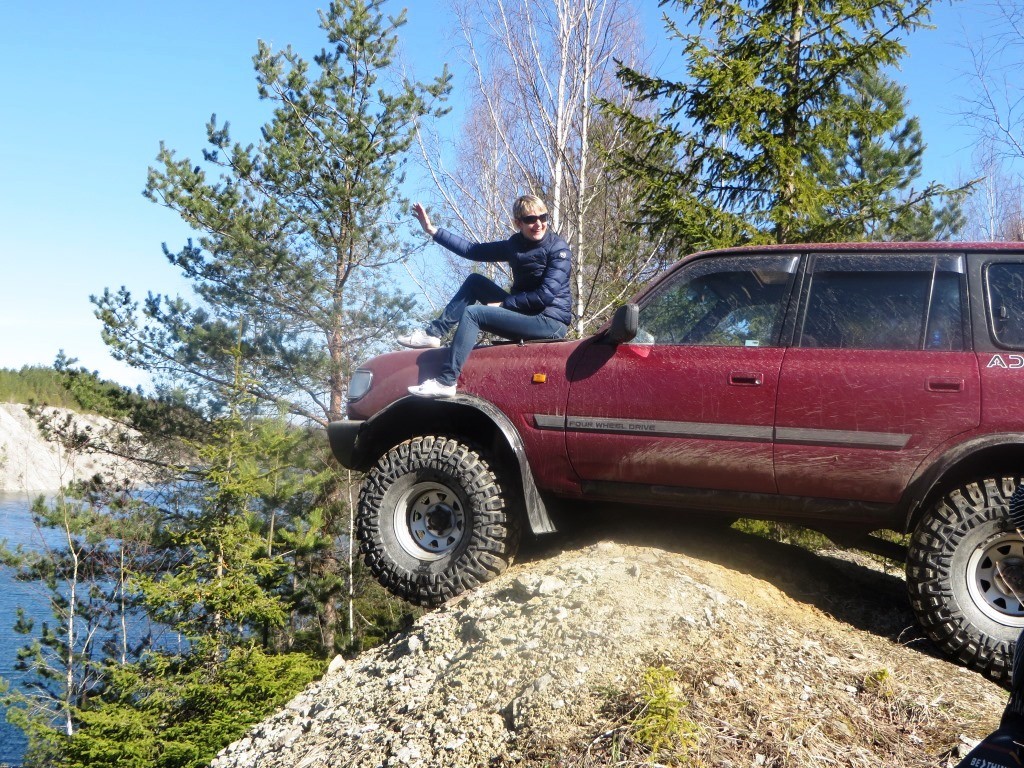
The Mining Museum, based by the old underground mining operations, gives a glimpse into working life in these challenging conditions. On the road again, I also observed Estonia’s highest oil shale mountain – built over 50 years of processed waste. It is 137 metres (449 ft) high and is now used as an adventure and skiing centre. Would you care to experience the longest zip-line in the country?
So, would I recommend that you visit the Ida-Viru region? Certainly, you may come and take a few friends with you, but let’s not spread the word too much. We wouldn’t want it to get spoiled by too many tourists, would we?
I
Cover: Toila Oru Park (RMK) Images courtesy of Rusty Snyder, Visit Estonia, University of Tartu, Saka Manor, Jaak Kadak, db Studio. Please consider making a donation for the continuous improvement of our publication.

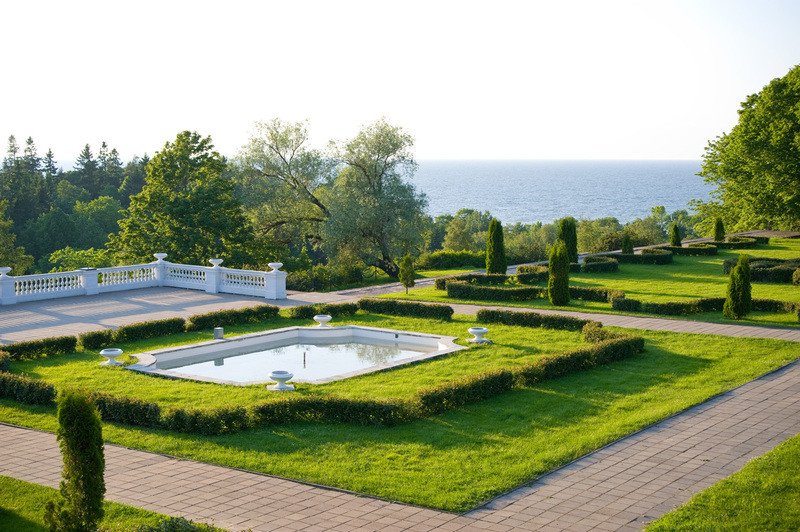


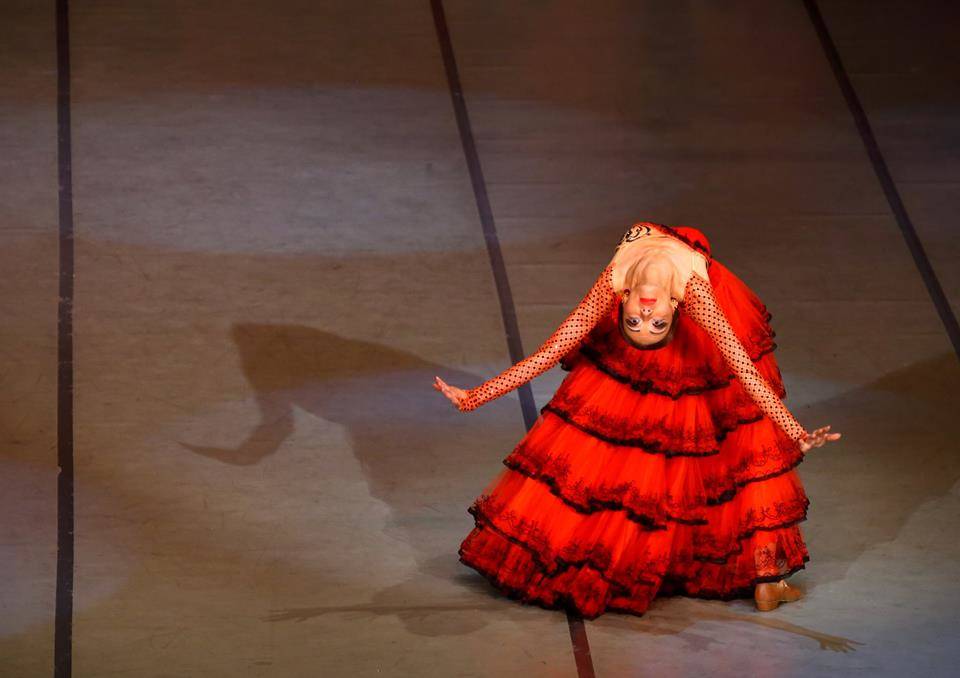

Toila Spa is only for adults? Now this is not true.
Well, he said that “the Orhidee Spa area is for adults only”. Not sure if that is more accurate?
Jes that is accurate, only Orhidee Ford adults…:)
What’s the name of the safari park located in the former mine?
http://idaviru.ee/mida-teha/
OÜ Adrenaator Grupp http://www.adrenaator.ee
Reading your article makes me want to go and see all the places you’ve visited here. Also your writing is so enjoyable – it certainly put a smile to my face. Love it!
Thanks, Eva Kristin!
Great article Russell
Great article Russell. Fun and interesting to read.
Thanks
Very well and nicely written, Russell! Thanks very much! When reading your article, I felt almost the same positive touch that I have experienced when visiting those places in the East Viru county! Thanks again!
Thank you.